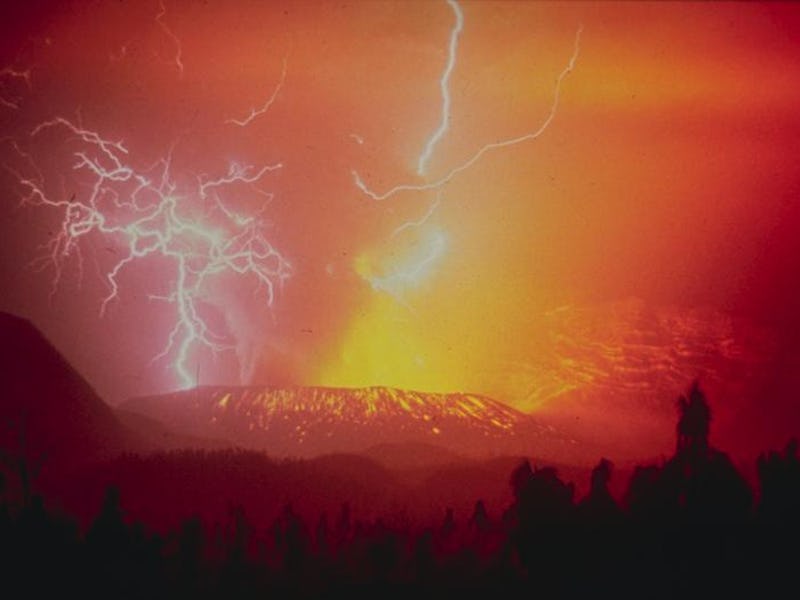NASA Wants to Save the World from a Supervolcanic Apocalypse
But there are also some potential solutions.

Talking about the end of the world is in vogue for political reasons but far more ancient dangers lie underground, if you’re listening to the world’s scientific commjunity.
While climate change, disease, asteroid collisions, and the rise of A.I. present eyebrow-raising doomsday scenarios, some scientists have pinpointed a threat which has certainly received much less attention — supervolcanoes
“I was a member of the NASA Advisory Council on Planetary Defense which studied ways for Nasa to defend the planet from asteroids and comets,” Brian Wilcox, a researcher at NASA’s Jet Propulsion Laboratory in Pasadena, California, told the BBC. “I came to the conclusion during that study that the supervolcano threat is substantially greater than the asteroid or comet threat.”
A Volcanic Winter
Perhaps that makes sense when you consider that there are 20 known supervolcanoes on Earth. Major eruptions occur once every 100,000 years, and throw enough smoke and heat into the air to cause an extended volcanic winter across the world, starving most communities unable to grow food.
“We’ve not been producing as much as we are consuming. That is why stocks are being run down. Supplies are now very tight across the world and reserves are at a very low level, leaving no room for unexpected events next year,” Abdolreza Abbassian, a senior economist with the UN Food and Agriculture Organization, told The Guardian in 2012. The British newspaper also reported this stat: “With food consumption exceeding the amount grown for six of the past 11 years, countries have run down reserves from an average of 107 days of consumption 10 years ago to under 74 days recently.”
Yikes, but what exactly can we do about it? Wilcox and his colleagues have been trying to figure out solutions, and they believe they have one: cooling down a supervolcano before it blows and leads to global annihilation.
In this diagram, point #11 identifies a volcano's magma chamber.
Basically, the scientists think that if they extract the heat out of a volcano before it induces an explosive eruption, it would abort any such eruption. The team thinks they’d only need to siphon out about 35 percent of the accumulating heat out of the volcano’s magma chamber.
Increasing water flow into the supervolcano could be an option — although that would be costly, and probably create water shortages for communities that live closely.
This is also incredibly expensive — NASA estimates a price tag of about $3.46 billion — but the upside is that everybody gets to stay alive, so it might be worth it.
And that price might actually be offset by using that heat for energy. Yellowstone, for instance, leaks about six gigawatts (that is slightly mind-boggling amount) of heat annually. Wilcox says that drilling could be the first step to creating a geothermal plant which could sell electricity at $0.10 per kilowatt-hour.
You would have to give the geothermal companies incentives to drill somewhat deeper and use hotter water than they usually would,” said Wilcox, “but you would pay back your initial investment, and get electricity which can power the surrounding area for a period of potentially tens of thousands of years. And the long-term benefit is that you prevent a future supervolcano eruption which would devastate humanity.”
That seems pretty dope, right? Of course, drilling into a supervolcano is rife with issues — namely the fact that one bad move could jumpstart a chain reaction which actually speeds up an eruption process, or inadvertently releases harmful gases.
It’s a far-off idea, but if Wilcox is right, a supervolcano eruption should be at the top of our concerns for global catastrophes. Doing something to prevent such a disaster may, in fact, lead to a boon in helping remediate the stresses on the world’s energy supply, too.